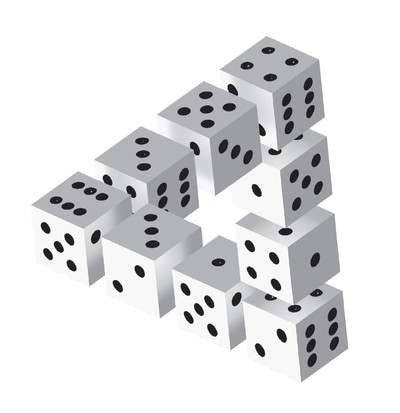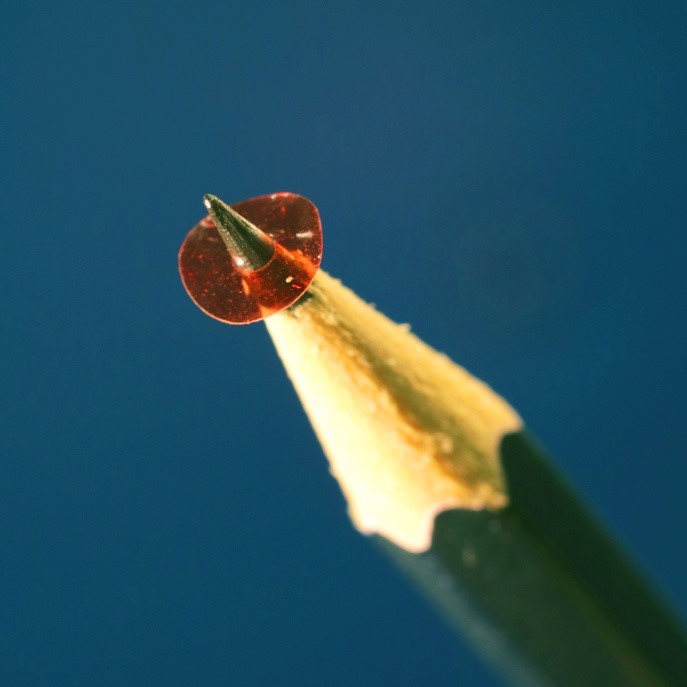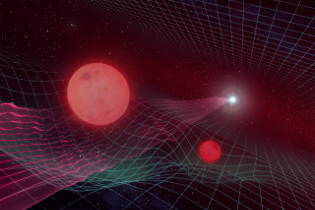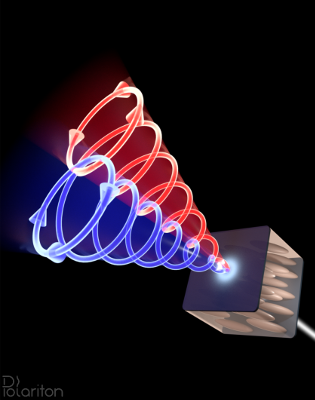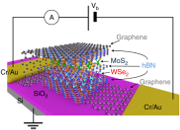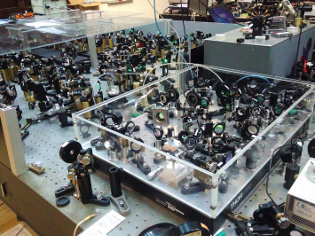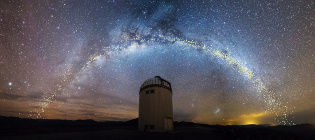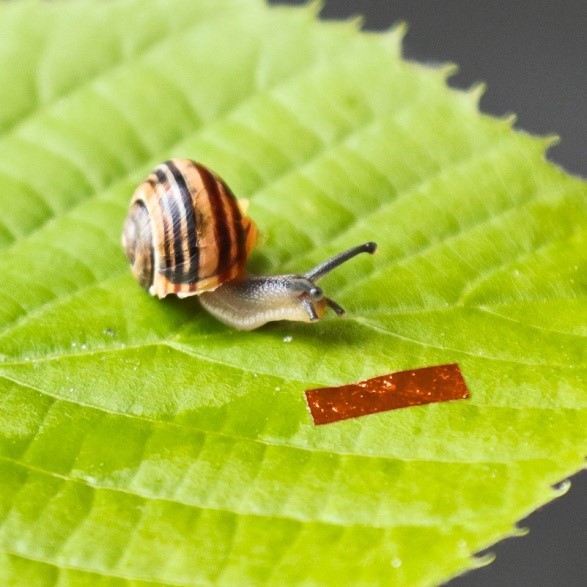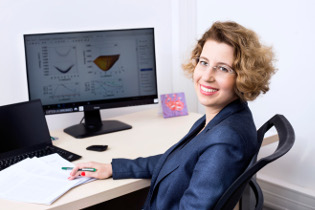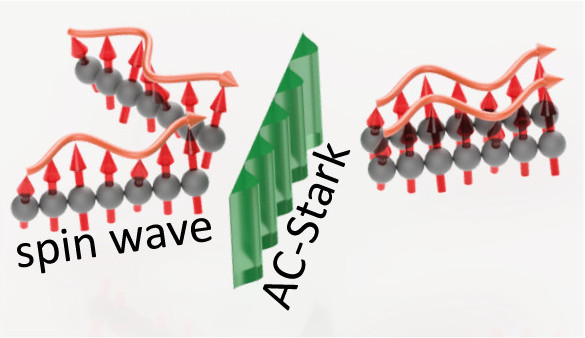Press releases
Does relativity lie at the source of quantum exoticism?
2020-03-31
Since its beginnings, quantum mechanics hasn’t ceased to amaze us with its peculiarity, so difficult to understand. Why does one particle seem to pass through two slits simultaneously? Why instead of specific predictions can we only talk about evolution of probabilities? According to theorists from universities in Warsaw and Oxford, the most important features of the quantum world may result from the special theory of relativity, which until now seemed to have little to do with quantum mechanics.. | More
Five millimeter diameter motor is powered directly with light
2020-02-19
Researchers at the Faculty of Physics at the University of Warsaw, with colleagues from Poland and China used liquid crystal elastomer technology to demonstrate a rotary micromotor powered with light. The 5-millimeter diameter ring, driven and controlled by a laser beam, can rotate and perform work, e.g. by rotating another element installed on the same axis. | More
Global Gaia campaign reveals secrets of stellar pair
2020-01-21
A 500-day global observation campaign spearheaded more than three years ago by ESA’s galaxy-mapping powerhouse Gaia has provided unprecedented insights into the binary system of stars that caused an unusual brightening of an even more distant star. The brightening of the star, located in the Cygnus constellation, was first spotted in August 2016 [MOU1] by the Gaia Photometric Science Alerts programme. | More
Massive photons in an artificial magnetic field
2019-11-12
An international research collaboration from Poland, the UK and Russia has created a two-dimensional system - a thin optical cavity filled with liquid crystal - in which they trapped photons. As the properties of the cavity were modified by an external voltage, the photons behaved like massive quasiparticles endowed with a magnetic moment, called "spin", under the influence of an artificial magnetic field. The research has been published in Science on Friday, 8 November 2019. | More
Exciting optoelectronic properties of stacks of two-dimensional crystals
2019-09-16
A team of scientists from the Faculty of Physics, University of Warsaw, the French National High Magnetic Field Laboratory CNRS Grenoble, the Universities of Manchester and Exeter as well as the National Institute for Materials Science Tsukuba reported an intriguing behavior of electrically-driven light emission from van der Waals heterostructures. They observed that light emission sets in at much lower applied voltages than the corresponding energy of emitted photons. In general, for light emitting diodes it is expected that one has to roughly apply the voltage corresponding to the energy of the emitted photons to observe emission. In case of the investigated heterostructures, an emission of photons with an energy of 1.9 eV emerges at much lower applied voltages of around 1.3 V, which is a remarkable upconverted emission. The results were published in Nature Communications. | More
New spectroscopy method facilitates studies of ultrafast energy transfer in a molecule and between molecules
2019-09-12
Studies by Prof. Czesław Radzewicz from Optics Division of the Faculty of Physics University of Warsaw in cooperation with scientists from Institute of Physical Chemistry Polish Academy of Sciences resulted in an invention of a new ultrafast optical spectroscopy method (femtosecond infrared pump – stimulated Raman probe spectroscopy, fs-IR-SRS). | More
The Milky Way in three dimensions
2019-08-02
When Galileo pointed his first telescope at the Milky Way in the early 17th century, he noticed it consists of countless stars. Since that time, studying the properties and history of our Galaxy has absorbed many generations of scientists. Writing in Science, Polish astronomers from the Astronomical Observatory of the University of Warsaw present a unique three-dimensional map of the Milky Way. The map provides insights into the structure and history of our Galaxy. | More
Centimeter-long snail robot is powered with light
2019-07-30
Researchers at the Faculty of Physics at the University of Warsaw, Poland used liquid crystal elastomer technology to demonstrate a bio-inspired microrobot capable of mimicking the adhesive locomotion of snails and slugs in natural scale. The 10-millimeter long soft robot harvests energy from a laser beam and can crawl on horizontal surfaces, climb vertical walls and an upside-down glass ceiling. | More
Quantum interference in service of information technology
2019-07-22
Scientists from the Faculty of Physics, University of Warsaw, in collaboration with the University of Oxford and the NIST agency, have shown that quantum interference enables processing of large sets of data faster and more accurately than with standard methods. Their studies may boost applications of quantum technologies in e.g. artificial intelligence, robotics and medical diagnostics. The results of this work have been published in the Science Advances journal. | More
Spin waves pair up like photons
2019-05-06
When two identical photons arrive at a half-reflecting piece of glass, in the quantum mechanical world they are always either both transmitted or reflected - they pair up. This effect, termed Hong-Ou-Mandel interference, should occur not only for photons, but for any bosons. Doctoral students at the Faculty of Physics, University of Warsaw (Quantum Memories Laboratory) now demonstrated this effect for bosons known as “spin waves”. Using a new method of manipulating the spin waves using a spatially-shaped laser beam they were able to realize an analogue of a half-reflecting glass (beam-splitter) for spin waves and demonstrate their Hong-Ou-Mandel interference. | More






